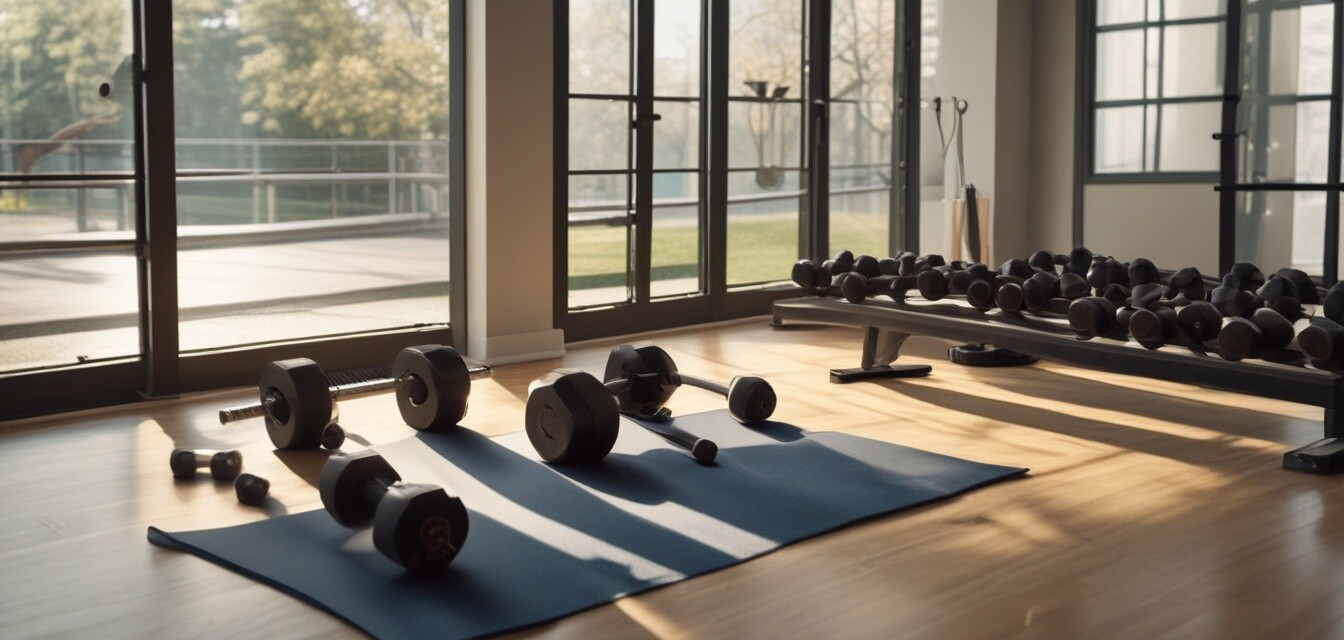
Guidelines for Combining Physical Therapy and Strength Training for Seniors
Key Takeaways
- Physical therapy and strength training can complement each other for seniors.
- Consult with healthcare professionals before starting any new regimen.
- Begin with light resistance and focus on proper form and technique.
- Listen to your body and adjust workouts to avoid injury.
- Consider safety tips related to equipment and exercise choices.
Integrating physical therapy with strength training can pave the way for better health and well-being in seniors. When done correctly, this combination can enhance mobility, strength, and overall physical function. This article outlines effective practices to blend physical therapy with strength training for enhanced safety and effectiveness.
Understanding the Basics
Before we dive into the specifics, it’s essential to understand the roles of physical therapy and strength training. Physical therapy focuses on rehabilitation and recovery from injuries, while strength training aims to build muscle and enhance endurance. Here’s how both can work together:
| Physical Therapy | Strength Training |
|---|---|
| Addresses specific rehabilitation needs | Builds overall muscle strength |
| Focuses on improving mobility and functionality | Improves balance and coordination |
| Involves specific exercises for recovery | Utilizes various resistance techniques |
Consulting with Healthcare Professionals
Before starting any new fitness regimen, especially for seniors, it’s critical to consult with healthcare professionals. Your doctor or physical therapist can help you develop a personalized plan that caters to your specific needs, limitations, and goals. Here are a few reasons why professional guidance is beneficial:
- Identifies personal limitations and health concerns
- Provides tailored exercise recommendations
- Ensures safety during the training process
Best Practices for Combining Physical Therapy and Strength Training
When integrating physical therapy with strength training, the following best practices can help ensure a successful experience:
- Start Slow: Begin with lighter resistance and focus on mastering the form.
- Incorporate Flexibility: Include stretching and range-of-motion exercises to keep the muscles and joints flexible.
- Focus on Stability: Use balance boards and stability balls to improve stability and coordination.
- Set Realistic Goals: Create achievable targets that encourage motivation without causing undue strain.
- Maintain Consistency: Aim for regular practice but allow for rest days to prevent overtraining.
Creating a Safe Exercise Environment
The environment in which exercises are performed can significantly impact safety and effectiveness. Here are some safety tips:
Safety Tips for Seniors
- Choose an open space free from clutter.
- Ensure proper lighting to avoid missteps.
- Keep necessary equipment within reach and easy to use.
- Use non-slip mats, especially for floor exercises.
- Have a stable support structure close by, such as a chair or railing.
Listening to Your Body
It’s vital to pay attention to how your body reacts during workouts. Here are some signs to watch for:
- Pain that persists beyond normal workout discomfort
- Increased fatigue leading to difficulty completing routines
- Changes in mobility or stability
Adjusting workouts based on these signals is crucial for safe training.
Conclusion
Combining physical therapy with strength training is a fantastic approach for seniors to enhance their health and well-being. By following a structured plan, setting realistic goals, and focusing on safety, seniors can build strength, improve mobility, and get closer to their fitness goals.
Pros
- Improves strength and mobility
- Encourages safe recovery post-injury
- Promotes overall physical fitness
- Can be tailored to individual needs
Cons
- Requires initial guidance from professionals
- May have limitations based on individual health conditions
- Consistency can be challenging for some
For more information on strength training, check out our Safety Tips to ensure you make the most out of your workout regime.